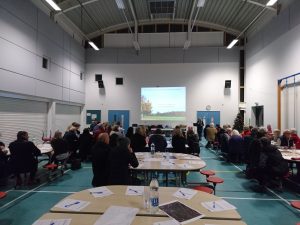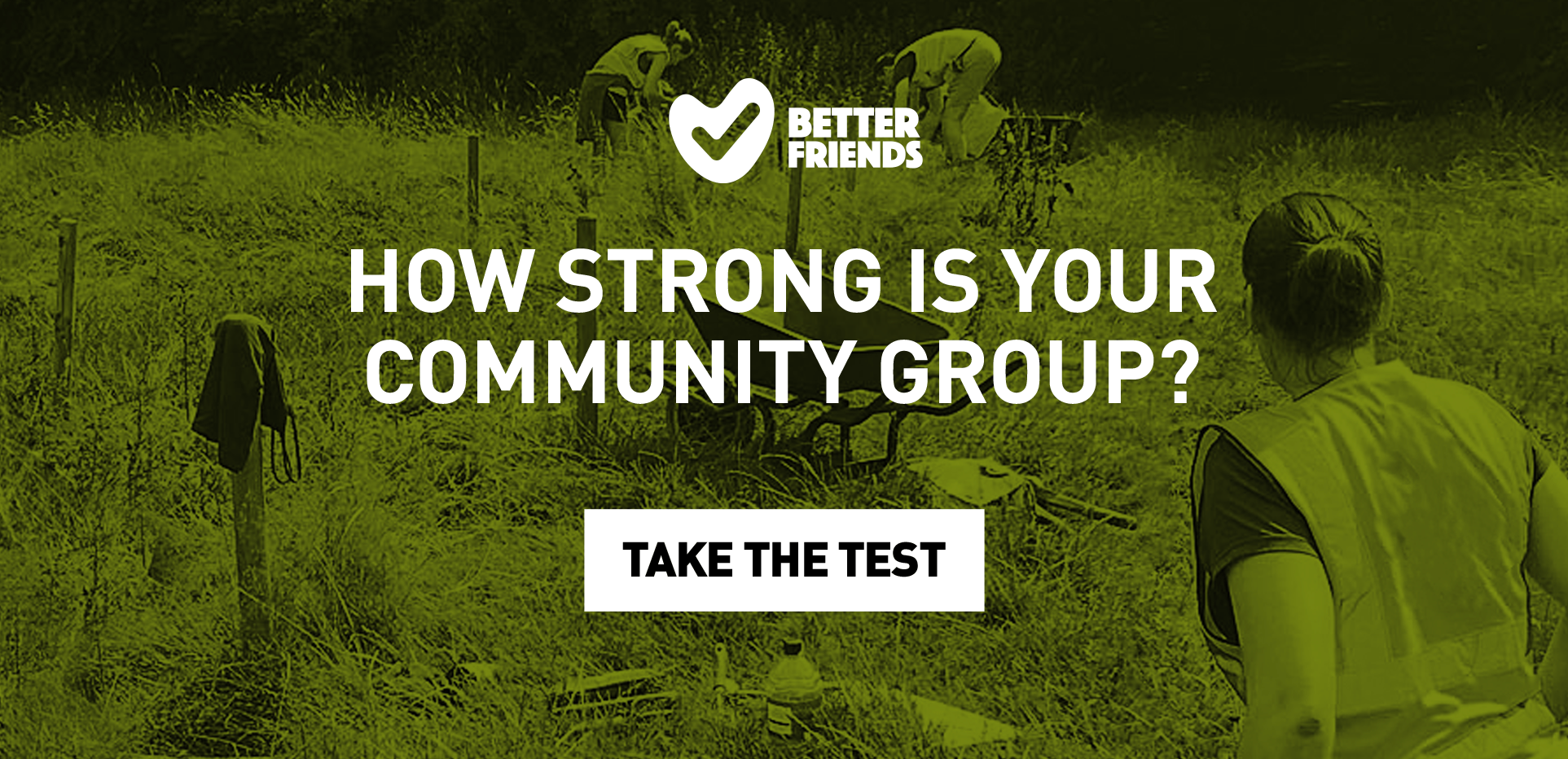From Skype and WhatsApp to Zoom or FaceTime and plenty in between!
Sometimes is isn’t possible to have a group discussion or hold a meeting face-to-face, in those situations what else can we do? There are now a multitude of ways to keep in touch, hold a discussion or make decisions remotely and many of these are free.
Here we give through some of the options available and also discuss how effective each method of communicating is.
According to Psychology Today, “The belief is that 55% of communication is body language, 38% is the tone of voice, and 7% is the actual words spoken.” That gives a possible clue as to which of the options below may be the most effective for Friends Groups to continue to function effectively, even if unable to actually meet up in person.
WEB GROUP VIDEO CHAT/MEETINGS (audio only or audio and video)
• Skype – popular for informal chats, FREE for up to 50 participants, some connection issues
• Zoom – highly rated, very easy to use, No limit on participants, FREE limited to 40 mins then must log in again. Reviews seem to point to it being a fairly stable platform.
• Group FaceTime (Apple iPhone only) – FREE limit of 31 participants, very easy and quick. Some stability issues depending on signal.
| Pros of Web Chat Easy to be inclusive Flexibility/no need to travel Improves team unity Fluid natural way of communicating Enables more collaboration Better attention from participants Mix-ups, repetition and confusion less likely to happen. Nuances and responses usually fairly clear Can often share documents to the group on screen Allows some control by a facilitator especially use of muting facility |
| Cons of Web Chat Can experience audio delay Can be daunting for non-techies Needs stable internet and good bandwidth Computer must have webcam or may need to buy one Headphone socket needed for headset if using one |
TELECONFERENCING (voice only)
• Skype – FREE for 50 people to join if other Skype users. Can incur connection fees if on landline or abroad.
• Group FaceTime (Apple iPhone only) – FREE limit of 31 participants, very easy and quick. Some stability issues depending on signal.
| Pros of Teleconferencing Simple but effective Direct way to communicate less likely to have misunderstandings Easy for all levels of ability Most people have access to a phone Can mean more attendees able to join in Good way to deliver a one-way message to many |
| Cons of Teleconferencing Without body language clues may be difficult to know when to speak Not so good for discussions as easy to lose a conversation thread Certain voices may dominate, hard to moderate Some people don’t like using the phone |
INSTANT MESSAGING (text and written word chats)
• Facebook Messenger or Facebook Groups – FREE. The most popular platform, many familiar with how it works. Very basic.
• WhatsApp – FREE Used by many people.
• Slack – FREE Good functionality, clean visual design, aimed at teams/groups
• Google Hangouts – NO FREE VERSION. Good for Google fans, feature-rich, modern design
• Microsoft Teams – BASIC FREE VERSION chat for up to 300 people, functional, off-putting for non MS/office users
• Apple iMessage FREE for up to 31 participants group text chat.
| Pros of Instant Messaging Quick, direct and simple Convenient Accessible to many Users comfortable with this way of communicating Informal and more conversational Have a record to archive or read over at a later date Works okay over time differences, allows the conversation to develop |
| Cons of Instant Messaging Instant but too many people taking part can mean a thread quickly gets difficult to follow. Whilst typing may miss other comments. Without body language clues, difficult to know when to contribute Harder to express oneself using just words Slow keyboard skills lose out Easy to lose a conversation thread Difficult to include everyone and control a thread |
We really hope all the above information proves useful. Please do give any feedback or experiences, if you have any, using our Twitter or our email. We will update this post with anything we feel is worth sharing.
UPDATE: 21 March 2020 Thanks to Rob Acton-Campbell who got in touch via Twitter. Rob is on the Committee of the Bristol and Bath Parks Foundation, he shared a photo showing some of the group at a location meeting whilst #socialdistancing. All to announce the College Green crowdfunding appeal had reached it’s target. So, with favourable weather, a “STANDING OR ONSITE MEET-UP” can still be an effective option!

UPDATE: 23 March 2020. Here’s a great clear step-by-step guide for Zoom which shows how to set up Zoom calls and how to invite people to join your meeting: https://covidmutualaid.org/resources/ (Scroll down to Point 7).
And whilst we are on the subject of communicating, here are a few other options for engaging with your fellow Friends Group committee or members or for future events/activities:
If you fancy learning about live-streaming then this is a great place to start:
<https://blog.capterra.com/free-live-stream-tools-event/>
There is Instagram live streaming (https://help.instagram.com/292478487812558) which is quick and easy and allows you to stream your live content and also interact with followers via direct message and text chat in real-time. You can also save and repost it later for people who missed the live broadcast.
A How-to guide on Live Streaming on YouTube: <https://www.epiphan.com/blog/how-to-live-stream-on-youtube/>
How to make a video for youTube: https://www.theguardian.com/technology/askjack/2019/sep/19/what-do-i-need-to-make-youtube-videos
And this is a great beginners guide to making your own podcasts: https://www.podcastinsights.com/start-a-podcast/
ADDED June 2020. The Ramblers have some great advice for their members with regards volunteering during coronavirus restrictions, some of which applies equally as well to Friends Groups and they also have a superb pdf guide “How To Hold a Meeting Online“.
ADDED Dec 2020. We found this brilliant guide and highly recommend all Groups read it! “A toolkit for grassroots community groups needing to move their work into the digital realm for the first time“. It includes links to all the best digital tools to enable community groups to effectively embrace the tools digital offers. It shares suggestions for running online meetings, how you can work collectively and share opinions and vote. Written by Phoebe Tickell for Update Brum.







